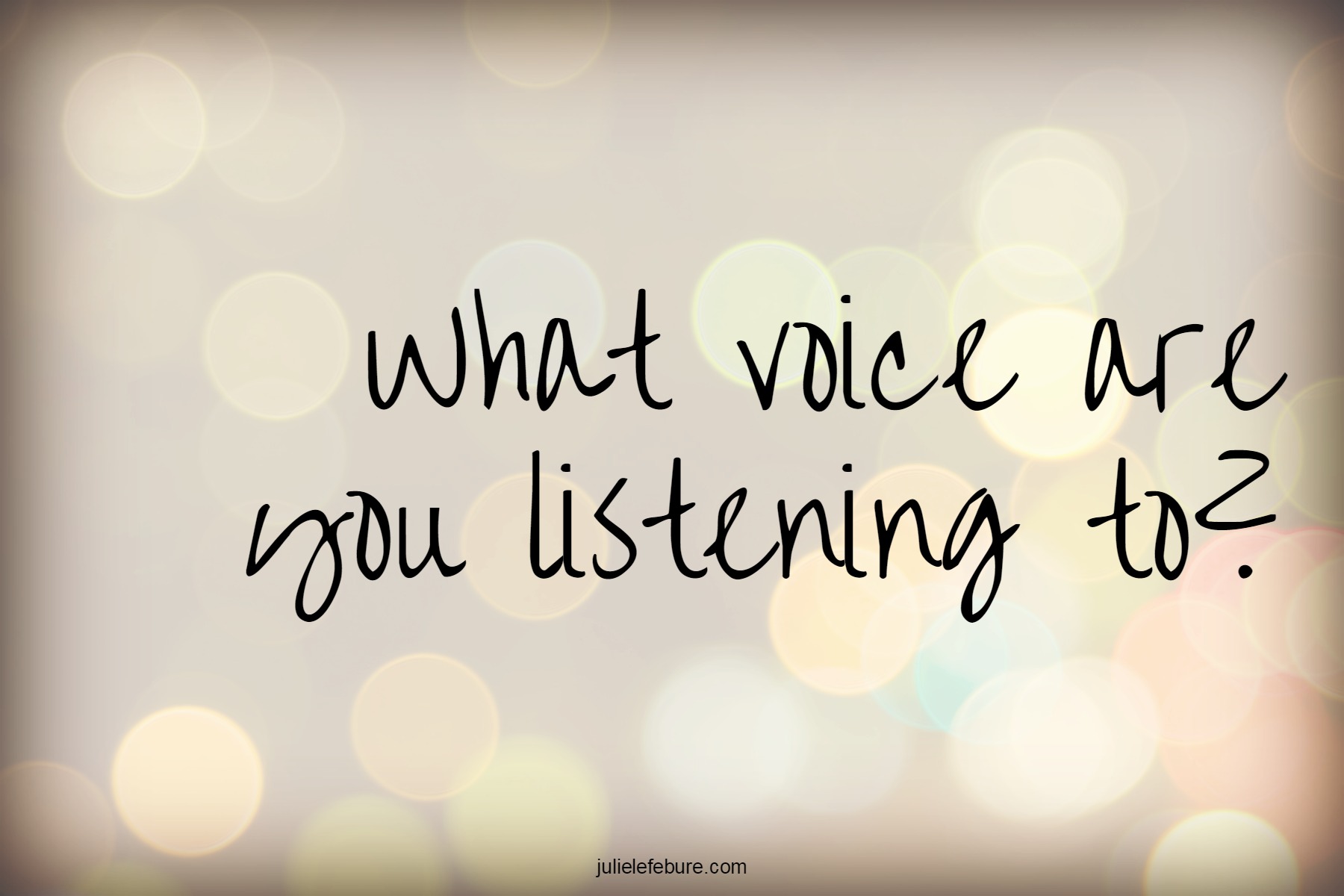

Are you asking the classic open questions that start with how, what, where, why, or when? This gives your team member the chance to expand on their answer, and allows you to practise some empathetic listening.Bob is busy with something playing a game, reading a book, tampering in the domain of God and Alice comes up and tries to talk to him about "something important". So, have you felt recently that working virtually has helped you to focus more on the person you’re speaking to, or less?Ī key way to find out more about the person you’re talking to, and to do more empathetic listening, is to ask the right questions. But I also realise that I’m just not listening as hard in other parts of my work or home life.Īnd of course, now that we’re often working virtually, our conversations have moved on to video calls, which makes distractions from notifications even more likely. I realised that I make a huge conscious effort to listen to people when I’m coaching them.

Bringing listening skills into the workplaceĪs a coach, listening is a key part of my skill set. 🤔 Not thinking about what you want to ask them next. 🙊 Not waiting for them to pause so you can speak 📧 Not multi-tasking by reading your emails

😕 Not being distracted by notifications (that the other person can hear) Perhaps it’s time we took a step back to consider how much attention we give the people around us. Can you see a benefit of understanding your team better? When did you last make a conscious effort to really listen to someone? The first four levels of listening really only benefit yourself, but empathetic listening is about the person speaking. Unfortunately, it’s the one that we see the least often, particularly in the workplace. As a people leader, this is a way to really understand the individuals in your team. Empathetic listeningĮmpathetic listening is a skill that allows you to really relate to the person you are talking to. Also called active listening, this means you’re paying attention to what is being said (and not being said!) so that you can really try to understand what the other person means, how they feel, and what they need.

You’re paying attention to what is being said, but only so that you can then use that information yourself.Įmpathetic listening. You’re only listening to the bare bones of what someone has to say, while you find the parts that will support what you want to say.Īttentive Listening. You’re not really registering what they have to say, because you’re focused on your own actions or thoughts. But if you’re the one talking, you know when you’re being ignored, and how it makes you feel. You might not consider this to be a form of listening. I love the way he describes the five levels of listening and how we can identify them in ourselves and our relationships in the workplace. Named by Time magazine as one of the 25 most influential people, Stephen Covey was a best-selling author and educator. American author and businessman, Stephen Covey, called this Pretend Listening, in his book, The 8 th Habit. That moment someone you’re with picks up their phone or glances at their emails, you know they’re not really listening. There’s a lot more to listening than you might think. How many times have you been talking to someone as they stare at their phone? Or are you the one checking your notifications while someone’s talking to you? You say you’re paying attention.


 0 kommentar(er)
0 kommentar(er)
